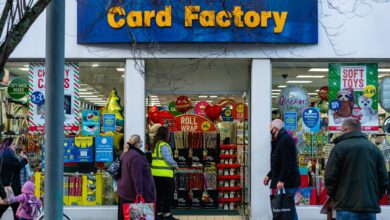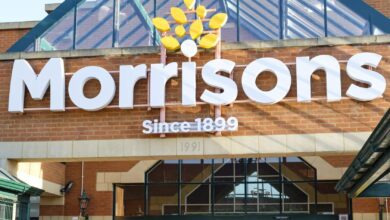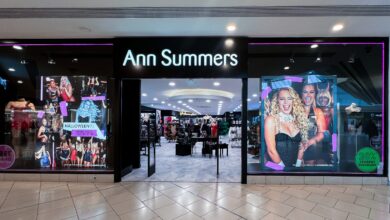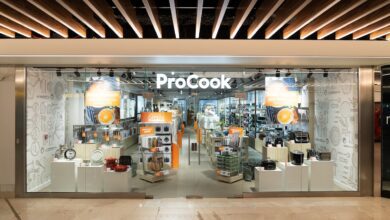The nostalgia trend: Why do companies revive old brands?
With brands like Debenhams, MFI, and Comet making a comeback, Retail Sector explores why legacy names are being revived - and what this reveals about the broader cultural trend of nostalgia
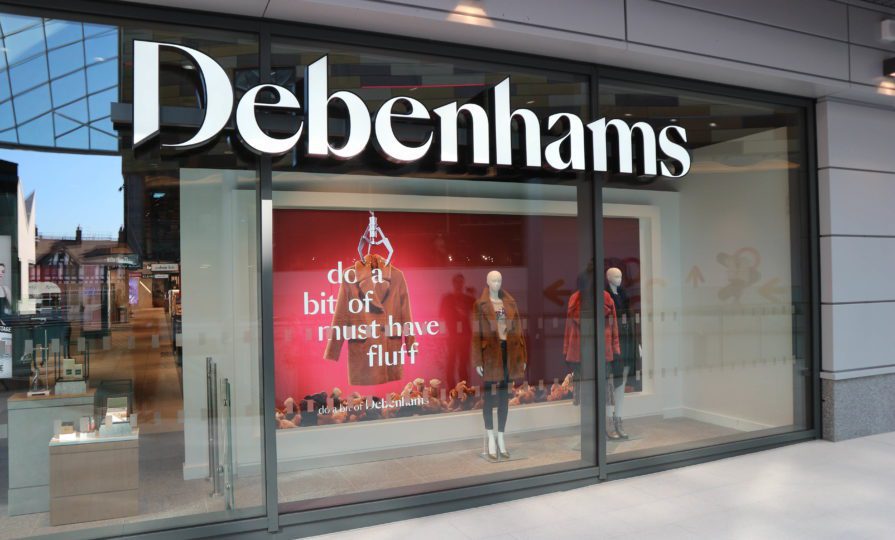
Register to get 1 free article
Reveal the article below by registering for our email newsletter.
Want unlimited access? View Plans
Already have an account? Sign in
A cultural institution in the 90s, defunct in the 00s and making a comeback in the 20s. MFI Furniture is set to relaunch on the British high street after owner Victorian Plumbing revealed plans to relaunch the brand in early 2026, promising a refresh without the frustrations of long online queues or dynamic pricing. Other legacy brands such as Comet and Debenhams have also relaunched in recent times, capitalising on a trend of nostalgia sweeping across retail. But what’s behind this retro revival? Are these brands filling a gap that British retail is missing – or, like the Gallaghers reforming Oasis, simply cashing in on the feel-good factor of our youth?
Why do companies revive brands?
Founder and CEO of OnBuy Cas Paton, the company which is behind the revival of electronics brand Comet, stated that the company’s decision to revive the brand was driven by a genuine appreciation for its place in British retail history.
“For many, Comet represented more than just a store. It was a trusted destination for technology and home appliances and a name people grew up with. We saw an opportunity not just to revive a brand, but to reimagine it for a new era. This was about honouring a legacy while creating something meaningful and relevant for today’s consumers.
“Comet is a name that resonates deeply with generations of UK consumers. It carries a legacy of trust, value and expertise, but it never fully realised its potential in the digital space. Despite its absence from the market, the brand still enjoys significant recognition and goodwill, which is increasingly rare in today’s retail landscape,” he says.
However, Daniel Todaro, CEO of marketing consultancy Gekko and Isobel Grad, strategy director at brand and design consultancy Elmwood, believe that relaunches like this are just looking to capitalise on the nostalgia attached to these brands. Daniel Todaro, CEO of marketing consultancy Gekko, believes that revivals happen because people do not like change and that they relate to brands which have a nostalgic element to them. “The brand reminds you of your childhood or it reminds you of going there to buy your first suit or all the other kinds of personal moments in your life,” he says.
Grad agrees stating “in these chaotic and unprecedented times, nostalgia acts as a welcome comfort blanket, giving us a feeling of continuity and security, and for retailers, bringing back a lost, once much-loved, brand can be a lucrative move.”
Todaro notes that this nostalgia gives the brands a leg up as they already have brand awareness despite effectively being a new company. A brand new company would have to spend a lot of time and money establishing itself as a brand that people were aware of and trusted but a brand like Comet or Debenhams already has recognition and a certain expectation from consumers.
Vicky Bullen, CEO at design agency Coley Porter Bell states that “consumers already have a deep-seated emotional connection with a brand that they may have known from their younger days. People already know what these brands stand for, they already understand its place in their lives meaning that less investment is needed to re-establish a brand than to start afresh with a new brand.”
For Paton, reviving an old brand is about more than just bringing back a familiar name. “Consumers are increasingly looking for credible alternatives to the dominant players, and Comet gives us a powerful platform to take on some of the bigger players in consumer electronics like Currys and Amazon. Backed by OnBuy’s marketplace infrastructure, we’re creating a fresh, competitive environment that will offer better value, more choice, and a renewed focus on trust,” he states.
Is it really the same brand?
Often, revived brands return in name only. Debenhams, for example, now exists solely online under Boohoo’s ownership, and functions more as a rebranded sub-label than a department store chain. Todaro believes this can cause confusion amongst people who were not already familiar with the fact that Debenhams was already a sub brand of Boohoo.
Similarly, revived brands risk falling short of nostalgic expectations. Consumers may associate names like Comet or MFI with a certain quality – one the new incarnation may struggle to match. In some cases, customers may even overestimate how good the original brand was, further raising the bar.
While legacy recognition can provide a shortcut to market, it also opens the door to harsh comparisons that new brands don’t face. And some shoppers may hold negative associations from the past, making them less willing to give the new version a chance. “If a company is trying to replicate a brand as it was back in the day, then the danger is you it’s potentially not going to be as people remembered it,” says Todaro.
Does the nostalgia trend say anything about wider society?
This revival trend extends beyond retail. Many clothing and fashion brands have been designing and selling clothes taking inspiration from the fashion of the 90s and the Y2K era of the early to mid 00s. It is also not just specific to fashion and extends into the revival of vinyl. It is not solely specific to retail either, numerous movies or TV shows from the past have been rebooted or been given sequels suggesting nostalgia in retail is merely reflective of a wider societal trend where we have become more nostalgic than previous generations. “We are a society facing big challenges, cost of living worries, a world full of war, and political upheaval here and abroad. All these things make people yearn for simpler, better times. Nostalgia is born of that,” Bullen explains.
“I think we are more nostalgic than in the past because we’re all looking for something secure and comfortable. We are in a society now where things cost more money, it’s more difficult to live and to make ends meet. We end up in households where our kids stay with us much longer. We end up in households where students don’t necessarily go and live away from home. We see nostalgia as comforting but it’s also value for money. We like to invest in the things that we think we know well and trust,” agrees Todaro.
What comes next? Woolworths?
The consensus seems to be that until things change, nostalgia is here to stay. Both Bullen and Todaro suggest it’s a likely candidate for revival. As generalist retailers like Wilko disappear and WHSmith undergoes rebranding, there may be space for a trusted high street name to return.
Todaro posits that the loss of Wilko on the high street and the imminent rebrand of WHSmith opens the door for a more generalist kind of shop to return. He also believes that the fact Poundland is looking to cut back on space and is potentially looking to sell could make the demand for Woolworths even higher. “If Poundland was to disappear off the high street, there would be no retailer left that you could go into and buy a bar of soap and a packet of screws,” he says.
Overall, it remains to be seen if this model has any longevity once the initial burst of nostalgia fades. Any company which chooses to revive a legacy brand will have to ensure that it has planned for what comes after this otherwise the brand will be condemned to repeat history.



